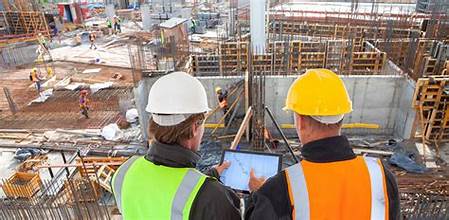As a construction professional, you understand the importance of creating seamless transitions between indoor and outdoor spaces in residential and commercial buildings. These transitions not only enhance the aesthetic appeal of a property but also improve functionality and overall user experience. In this blog post, we will discuss key considerations that construction professionals should keep in mind when designing and building indoor-outdoor transitions.
Site Analysis
Before starting any construction project, it is crucial to conduct a thorough site analysis to understand the natural elements surrounding the property. Take into consideration factors such as sunlight exposure, wind direction, views, and privacy concerns. By understanding these elements, you can design indoor-outdoor transitions that maximize natural light, ventilation, and views while maintaining privacy for the occupants.
Material Selection
When it comes to creating seamless indoor-outdoor transitions, the choice of materials plays a significant role. Opt for materials that can withstand outdoor elements such as rain, sun exposure, and temperature fluctuations. Materials like weather-resistant wood, stone, concrete, and glass are popular choices for creating durable and visually appealing transitions between indoor and outdoor spaces.
Flow and Connectivity
One of the key considerations for construction professionals is to ensure a smooth flow and connectivity between indoor and outdoor spaces. Design spaces that blur the lines between indoors and outdoors by incorporating features like sliding glass doors, folding walls, or covered patios. This seamless transition allows for easy access between different areas of the property while creating a sense of continuity throughout.
Landscape Integration
To create truly seamless transitions between indoor and outdoor spaces, consider integrating landscaping elements into your design. Incorporate features like green walls, rooftop gardens, water features, or outdoor seating areas to connect the interior with the exterior seamlessly. By blending architecture with nature, you can create harmonious indoor-outdoor transitions that enhance the overall aesthetic appeal of the property.
Sustainability
In today’s environmentally conscious world, sustainability has become a key consideration for construction professionals when designing indoor-outdoor transitions. Consider incorporating sustainable design principles such as passive solar heating, rainwater harvesting systems, energy-efficient lighting fixtures, or green roofs into your projects. By prioritizing sustainability in your designs, you can create eco-friendly indoor-outdoor transitions that benefit both the environment and occupants.
Conclusion
Creating seamless indoor-outdoor transitions is an essential aspect of modern construction projects that can greatly enhance the aesthetic appeal and functionality of a property. By considering factors such as site analysis, material selection, flow and connectivity, landscape integration, and sustainability during the design and construction process, construction professionals can create stunning indoor-outdoor spaces that provide a seamless connection with nature while offering comfort and convenience to occupants. Remember to prioritize collaboration with architects, landscape designers, and other professionals to ensure successful execution of your vision for seamless indoor-outdoor transitions in your projects.
…

